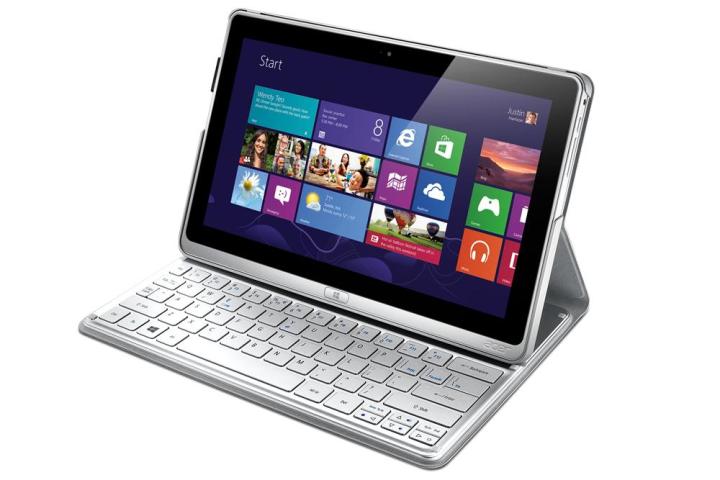
Windows’ OS market-share dominance is largely concentrated in laptops and desktops, though their mobile presence takes a significant backseat to both Android and iOS. Though that’s certainly no secret, Microsoft could be looking to take a dramatic shift towards OS unification in an effort to maintain their OS market-share strength while shoring up their weaknesses in the mobile business.
Last week, when speaking at the UBS Global Technology Conference, Microsoft exec Julie Larson-Green had this to say regarding the future of Windows.
“We have the Windows Phone OS. We have Windows RT and we have full Windows. We’re not going to have three.”
Larson-Green expanded on her comments by saying:
“We do think there’s a world where there is a more mobile operating system that doesn’t have the risks to battery life, or the risks to security. But, it also comes at the cost of flexibility. So we believe in that vision and that direction and we’re continuing down that path.”
That’s not to say there will be dramatic shifts for certain down the line. While Windows 8 represented a drastic departure from past iterations of Windows by introducing the tiled UI while discarding the Start menu, Microsoft brought back the Start menu with Windows 8.1, which was released on October 17. Moreover, consumers have been slow to adopt Windows 8, which could lead Microsoft to take slower steps towards evolution and mergers instead of dramatic shifts that could further put off a customer base that’s already wary.


